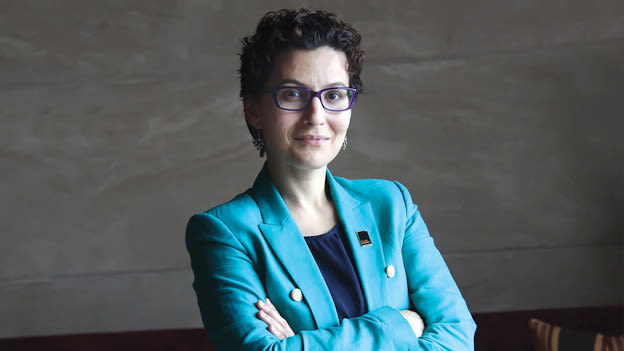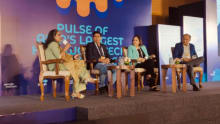Old factor, New dimension

Globalization has been disrupting the way we look at talent management for decades; that is not new. What it is new is the turn in the direction. Until a few decades back, the best and the brightest talent from India flocked to the UK, the US, Canada and other developed economies of the world in search of opportunities and a better life. However, as the emerging economies of Latin America, India, China, Brazil and Russia picked up pace, there was an awash of opportunities that sprung up beckoning talent. The promise of working in a growing economy, access to challenging assignments and change in orientation from the younger generation joining the workforce are some of the factors supporting this turn in direction. Importing talent has also become easier than before as most governments across the world are recognizing the need to ease government regulations, visa procedures and immigration norms.
Organizations gain tremendously from having a workforce of global skills. Not only do organizations and industries gain international experiences and expertise, it brings change in the way business is conducted and executed in a market, gives us access to innovation and agility to respond to market conditions. India has several examples of this happening, including the aviation revolution, the infrastructure revolution, and more recently the mobile revolution. In this new world order, an organization has several options to put together a workforce that is truly global in nature. This is what we yearn to find out through our cover story ‘Talent Beyond Borders’.
During our interviews with experts, we came to the conclusion that hiring managers have to break from their conventional silos and look at the global talent pool as a prospective marketplace. Today, talent had the power to pick and choose where to go, what opportunity to take up – Having that choice has been the most significant monumental shift in the past few years. That choice is shaking the very foundations of talent acquisition practices of organizations worldwide. Recruiters have the added responsibility of looking out for talent in a globalized market.
Several opportunities lay ahead for organizations as international boundaries diminish and talent becomes more accessible. The ones who are able to do it well can certainly hope to be in a good spot in the months to come. Some of the progressive ones are looking to build their global pool at the early stages, starting at hiring from business schools. What these organizations promise to global talent are opportunities and experience in unchartered and emerging markets, which are unprecedented and unparalleled.
This issue’s Big Interview features Mittu Chandilya, CEO of the latest aviation start-up in town AirAsia India, where he talks about why he doesn’t take no for an answer and how every one of his hires was recruited not just for the technical knowledge but also attitude, passion, personality and potential. The Special Story is a research-based story on how organizations can transform their graduate recruitment programs and challenges the notion of skill shortages.
As you know, People Matters organized the 1st TechHR Conference in Gurgaon end of August. It was a tremendous success, with over 40 speakers, 4 content tracks, 700 delegates, 30 technology products and solutions on display. Somebody asked me on Twitter what the key highlight of TechHR 2014 was. I replied saying “It will be a mindset change, the turning point for the HR community in India” – It indeed was! The journey has just begun. TechHR Conference will get embedded into every HR leader’s calendar as the must-attend event. See you all for the next year TechHR Conference on 19th and 20th of August 2015!










